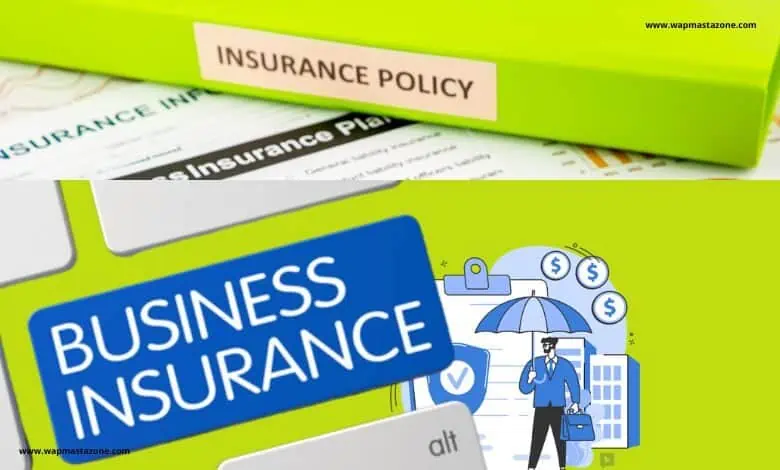Insurance Requirements Across Industries in the complex and dynamic landscape of business, insurance plays a pivotal role in mitigating risks and ensuring the financial stability of organizations. Each industry comes with its unique set of challenges and exposures, necessitating tailored insurance solutions. This comprehensive article explores the diverse insurance requirements across various industries, shedding light on the critical role insurance plays in safeguarding businesses.
Manufacturing Sector:
Property Insurance:
- Coverage for physical assets such as machinery, equipment, and inventory.
- Business interruption insurance to compensate for revenue loss during downtime.
- Contingent business interruption coverage for disruptions in the supply chain.
Product Liability Insurance:
- Protection against claims arising from defective products.
- Coverage for legal expenses and settlements.
Workers’ Compensation Insurance:
- Mandatory coverage for employee injuries or illnesses on the job.
- Tailored policies for high-risk manufacturing environments.
Construction Industry:
Builder’s Risk Insurance:
- Coverage for property damage during construction projects.
- Protection against theft, vandalism, and natural disasters.
Liability Insurance:
- General liability coverage for third-party injuries and property damage.
- Professional liability insurance for architects, engineers, and contractors.
Performance and Payment Bonds:
- Ensures completion of projects and payment to subcontractors.
Information Technology (IT) Sector:
Cyber Insurance:
- Protection against data breaches and cyber-attacks.
- Coverage for legal expenses and notification costs.
Technology Errors and Omissions (E&O) Insurance:
- Protection against claims of professional negligence or failure to deliver services.
Intellectual Property Insurance:
- Safeguards against infringement claims.
Healthcare Industry:
Medical Malpractice Insurance:
- Protection for healthcare professionals against claims of negligence.
- Tailored coverage for different healthcare specialties.
Property and Equipment Insurance:
- Coverage for medical facilities, equipment, and valuable assets.
Cybersecurity Insurance:
- Protection against data breaches and privacy violations.
Retail Sector:
Commercial Property Insurance:
- Coverage for retail store premises and inventory.
- Business interruption insurance for revenue loss during closures.
Product Recall Insurance:
- Protection against financial losses due to product recalls.
General Liability Insurance:
- Coverage for slip-and-fall incidents and other third-party claims.
Transportation and Logistics that require Insurance Requirements Across Industries:
Commercial Auto Insurance:
- Coverage for vehicles used in business operations.
- Cargo insurance for goods in transit.
Marine Insurance:
- Coverage for shipments, vessels, and related risks.
Freight Liability Insurance:
- Protection against damage or loss of cargo during transportation.
Hospitality Industry aligning with Insurance Requirements Across Industries:
Property and Business Interruption Insurance:
- Coverage for hotel buildings, contents, and revenue loss during disruptions.
Liquor Liability Insurance:
- Protection against claims related to alcohol service.
- Employment Practices Liability Insurance (EPLI):
- Coverage for employment-related claims such as discrimination and harassment.
Conclusion on Insurance Requirements Across Industries
In conclusion, the diverse landscape of industries demands tailored insurance solutions to navigate the intricate web of risks. Businesses must carefully assess their exposures and collaborate with experienced insurance professionals to craft comprehensive risk management strategies. Insurance is not merely a financial safeguard but a strategic tool that ensures the resilience and sustainability of organizations across sectors. As industries continue to evolve, so too must their insurance strategies to adapt to new challenges and uncertainties






